If you’re like many people out there, you might think that advertising on Facebook or any other social media platform is limited to branding and customer engagement. However, it’s time for a reality check.
Take a step back and consider this: You have access to millions of users with their locations, interests, behaviors, and many other targeting capabilities. Plus, you can reach them at any time of the day, all for a much lower cost compared to other advertising media on a similar scale. This is a marketer’s dream come true, and if someone told you 25 years ago that this kind of customer data would be readily available, it would be like showing Jurassic World to a filmmaker from the 1930s trying to sculpt a T-Rex from clay.
Take a step back and consider this: You have access to millions of users with their locations, interests, behaviors, and many other targeting capabilities. Plus, you can reach them at any time of the day, all for a much lower cost compared to other advertising media on a similar scale. This is a marketer’s dream come true, and if someone told you 25 years ago that this kind of customer data would be readily available, it would be like showing Jurassic World to a filmmaker from the 1930s trying to sculpt a T-Rex from clay.
Take a step back and consider this: You have access to millions of users with their locations, interests, behaviors, and many other targeting capabilities. Plus, you can reach them at any time of the day, all for a much lower cost compared to other advertising media on a similar scale. This is a marketer’s dream come true, and if someone told you 25 years ago that this kind of customer data would be readily available, it would be like showing Jurassic World to a filmmaker from the 1930s trying to sculpt a T-Rex from clay.
In this post, I will outline the steps necessary to use Facebook for lead generation and show you how to effectively and affordably reach your target market. If you haven’t already, I also recommend reading my similar post on using Twitter ads for lead generation.
Effective Facebook Ads for Lead Generation: Account Structure
Facebook’s core ad structure is quite different from that of Twitter. You have campaigns, ad sets, and ads. To start, click “Create Ad” in the upper right-hand corner, which will take you to the campaign layer of the creation process.
Campaigns serve as the “outer shell” that dictates the ad’s objective. For lead generation, I recommend choosing the “Increase conversions on your website” option. This ensures that you can track leads who complete actions on your site and monitor the campaign’s performance accurately.
Next, insert your target landing page URL (where people will be taken after completing the desired action) and create a tracking pixel.
After generating your tracking pixel, be sure to specify the type of conversion being tracked and its naming convention:
Once the pixel is generated, email it to yourself and copy-paste it into your target landing page. You can do this using an HTML code (if you’re using a service like Market) or place it between the <head> and </head> tags.
Ad Set Targeting
The next crucial steps in your lead generation efforts involve targeting your ad set and creating your ad itself. These two elements go hand in hand, as you want to hit the “sweet spot” with your targeted audience. The language, messaging, and, most importantly, the creative element should all blend into a seamlessly functioning lead-generation machine.
At first glance, the targeting interface seems simple. You have access to various demographic options, including languages, locations, gender, and age. The real uniqueness of Facebook ads lies in how you can form audiences from this basic information.
If your target market is relatively broad, you can add specific interests and behaviors to expand your audience based on how granular you’d like to get.
For most businesses, however, I recommend starting with a “Custom Audience” composed of existing or potential customers. Custom audiences can be built by importing a CSV/Text list into Facebook or by placing a pixel on your website to retarget people who already know and may be interested in you.
To create a custom audience from a list of names, phone numbers, or email addresses, go to the “Audience” section of Ads Manager:
Select the “Create Audience” button in the upper left corner:
Choose “Custom Audience.” Next, you can upload a list or create a pixel on your website that will create an audience out of your visitors (highly recommended).
Both options should be used IN ADDITION to your other targeted interests and behaviors.
However, I strongly recommend creating “lookalike” audiences to expand your reach. By creating a lookalike audience, you can instantly target customers who “resemble” those already in your custom audience or website visitors. It’s like using your existing friends to set up dates with people you want to meet, just creepier!
This is a highly effective strategy when combined with interests and behaviors that align with your desired audience. It allows you to find similar customers to those you’ve uploaded while filtering them down to the most relevant interests and characteristics. To start, I suggest keeping the lookalike audience as close to the original as possible. The larger the audience size, the further you stray from your target, and the people become less “identical.”
Also, remember that you can create multiple ad sets per campaign. This allows you to test and experiment with different targeting combinations and refine the best-performing audiences (which you can save for future use as well).
Effective Facebook Ads for Lead Gen: Pricing
You have the option to choose a daily budget or a set amount over a custom timeframe. When it comes to ad delivery, you can select automatic or manual bidding:
I recommend using automatic bidding, especially if you’re just starting. It will train Facebook to bid on your behalf in a way that maximizes your Facebook ad budget.
You can also choose which times you want your ads to run. This could be valuable if you are targeting only one specific time zone or have data to support that your desired audience is only active at certain times.
Ad Creatives
You’ve made it to the final leg of the race, and it’s crucial not to lose focus here. All the preparation and planning come down to how well you can execute on the News Feed. Now that you have your target audience in sight, it’s time to knock them out—metaphorically, of course.
Unfortunately, Facebook advertising isn’t the Wild West, and there are rules. In fact, it’s a bit more like 1950s America, and if your ad’s content goes too far, you’ll be sidelined. Before you start creating anything, familiarize yourself with all the restrictions Facebook imposes.
Here’s what you need to know:
The Ad Image
The recommended size is 1200 x 627 pixels. Facebook will resize your ad accordingly depending on how it promotes it.
Facebook won’t show your ad if it has more than 20% text on it.
To check the text density of your ad, use this handy tool. If there are too many words, you’ll have to get creative and trim it down.
Ad Copy
Text: 90 characters
Headline: 25 characters
Description: 500 characters
Once you’ve done the groundwork, it’s best to create a few variations of an ad with different copies to test against each other. Facebook will automatically favor the more effective ad, and you can optimize your ad sets accordingly.
Measuring the Effectiveness of Facebook Ads
With the site conversion campaign structure, the primary success of your ads depends on the metrics of conversions in relation to costs. You’ll get a Cost per Conversion figure once your ads start yielding results, and this will allow you to see which ad set and which individual ads are converting at a better cost and higher volume compared to their counterparts.
Other key performance metrics to be aware of include reach, frequency, click-through rate, and relevance score:
- Reach: The number of people your ad is being served to. Your reach depends on the ad’s performance, its objective, the size and activity of your targeted audience, and the budget you allocate. On Facebook, you pay to play.
- Frequency: Monitor this as your ads grow. Frequency is the average number of times your ad has been served to each person within its specific reach. Refresh your ads when the frequency reaches 3 to 4 to prevent ad fatigue, which can cause your CPC to rise as conversions stagnate. If you find that you can’t spend your daily budget, it’s time to refresh.
- Relevance Score: Similar to AdWords’ Quality Score, you get ranked from 1 to 10, and it affects costs. The higher your relevance score, the lower your costs. It’s calculated based on the positive and negative interactions an ad is expected to receive, related to various factors about your objective (i.e. conversions). When your ads compete against each other, you’ll find that the domino effect of engagement (clicks), click-through rates, and conversions directly impacts your relevance score. It also shows how crucial ad copy is.
Remember not to base decisions on any single metric alone. Instead, make decisions based on the overall performance of your campaigns in relation to your budget and goals. If you follow the advice above, you will find that driving leads through Facebook can be extremely cost-effective. Stay on top of your ads and let the leads flow.
Twitter Ads for Lead Generation
Using Twitter ads for lead generation requires a strategic approach. Those “needy teenager” ads you see are based on the metric of high engagement. They demand attention because the more attention they get, the more successful they are considered. These ads may generate a lot of customer interaction and be great for building brand awareness.
However, they don’t directly connect you with people who might be interested in your business. These tweets don’t immediately add names to your database, and they don’t provide an “immediate” return on investment. If you want to skip the process of increasing traffic and engagement and go straight for results, I’ll show you how to use Twitter for direct response purposes (but don’t worry, it will still drive engagement and brand awareness).
How Twitter Ads Work
To better explain the strategies I’ll recommend, let’s briefly cover how Twitter’s ad platform works.
If you’re just starting, you’ll want to select “Create a new campaign.” Twitter will then provide you with various campaign types to choose from.
Keeping the focus on strategy, I won’t go into detail about all the campaign types—just the ones you can use for lead generation.
I recommend Promoted Tweets and Video views (unless you have an app, in which case you’ll choose that option). Promoted Tweets are like the Coca-Cola Classic of Twitter ads; they allow you to promote tweets judged (and priced) based on user engagement, including:
- Follows
- Favorites
- Clicks
- Retweets
- Replies
Video ads are different in that they allow you to promote a video and may be charged via video “plays.” I’ll discuss this advantage a bit later on.
Twitter Ads for Lead Gen: Targeting and Pricing
To execute a successful lead generation campaign on Twitter, you must focus heavily on targeting and pricing.
Twitter ads excel at targeting and delving deep into your desired customer segment. After confirming location and language options, you can choose to add keywords, handles, and interests.
If your industry generates a lot of buzz on social media, with your target customer discussing certain topics related to your products or services, then use keyword targeting. For example, if there’s an upcoming event or convention for your industry, and potential customers are talking about it on Twitter, keyword targeting is ideal. Otherwise, I highly recommend handling targeting. Handles are the “@username” identification for users on Twitter. With this targeting option, you select specific Twitter handles, and your promoted tweets will be shown to the followers of those handles.
How Engagement Relates to Cost
If you’re new to this process, you might wonder, “Why don’t I just select as many handles related to my audience as possible?” Here’s why: That’s an easy way to burn through your budget quickly and get very few conversions.
Twitter’s ad format for promoted tweets works by taking the audience you’ve chosen to target, estimating the size and makeup of that audience, and then providing data on what it believes other advertisers are bidding on to reach similar people.
This is where a bit of complexity comes into play. There’s a direct relationship between the level of engagement your ads receive and the cost per engagement you pay. If your tweet achieves a high level of engagement, you could significantly lower your bid and pay much less than your competition. However, you want to target the people you are MOST CERTAIN will engage with your offer.
Keep in mind that the engagement rate (engagements/impressions) determines how well your tweet performs. This is why you see those “needy teenager” ads. If your engagement rate is fairly low (anything below around 0.60%), your ad will eventually stop getting impressions. Twitter will see it as not relevant to its audience and pull the plug on it—think of engagement rate as the Quality Score of Twitter.
Also, remember that when managing your ads, you should refresh your tweets every 2-3 days. This ensures that Twitter continues showing your ads, as after a certain period, they will stop showing them regardless of engagement.
Twitter Ads for Lead Gen: Choosing the Right Format
You have a few creative options when it comes to generating leads on Twitter:
- Website Cards
- Lead Gen Cards
- Promoted Video ads
- Promoted Tweets with a link and image
Two frequently asked questions about Twitter cards are, “What’s the difference between website cards and lead gen cards?” and “What the heck are they?”
They’re called “cards” because they offer a visual element that makes them stand out in a targeted user’s Twitter feed. The visuals make these ads a mix between a text ad and a banner ad.
There are a few key differences between Twitter Lead Generation Cards and Website Cards that you should be aware of. The first difference is the image dimensions. Lead Gen Cards have an image that is 800 x 200 pixels, while Website Card images are 800 x 320 pixels.
Another difference comes from the call-to-action (CTA). Lead Gen Cards have a customizable CTA that allows you to entice potential prospects with a custom message.
Unfortunately, Website Cards don’t offer the same creative freedom. The Website Card only allows you to choose from a predefined selection of CTAs:
Appearances aside, the biggest difference between the two formats has to do with functionality and how users interact with the ad.
Lead Gen Cards allow you to describe your offer, and when users click the CTA, Twitter will ask them if it’s okay to give you their handle, name, and email address. Once the person agrees, the data is stored, and they are directed to a subsequent landing page of their choice.
With Website Cards, users only need to click the CTA, and they are immediately taken to a landing page. Although Website Cards don’t record any information from the action, it doesn’t mean they are less effective.
If you want to collect names and email addresses only, like for an opt-in newsletter, for example, then Lead Gen Cards would probably be the better option. If you want to know more about the prospect, I recommend using the Website Card.
Are Twitter Lead Generation Cards More Effective Than Website Cards?
I’ve personally had success using both Website Cards and Twitter Lead Generation Cards, but I’ve found other options to be more efficient and cost-effective.
Using a simple 440 x 227 image for creativity and a concise, memorable message followed by a link to the landing page, I was able to create ads that consistently generated high engagement and more conversions.
Here are the new (and much more successful) ads:
Using this type of Promoted Tweet has worked wonders for us in the past month. Engagement rates have never dropped below 1.00%, and they offer significantly lower costs. I’m sure the adorable kids dressed like adults play a role, but it also shows how important the creative aspect is. I’m not telling you to use puppies in your ads… I’m telling you to use puppies dressed as people in your ads.
All joking aside, the only drawback to using images and links is that they take up a lot of the 140-character limit for tweets, requiring you to be more concise with your message.
Promoted Video Campaigns for Twitter Advertising
Another method I highly recommend is using Promoted Video campaigns.
This relatively new option allows you to use a video to promote just about anything you like. From a lead generation perspective, this format is a fantastic way to quickly engage with your customers and encourage them to take further action.
Twitter allows you to include a CTA with an embedded URL of your choice. The Achilles’ heel of this ad format is that, like Website Cards, the CTA is not customizable. You’re left with two options:
- “Watch Now” or
- “Watch More.”
I know they sound strictly generic, but it’s better than nothing, so take advantage of it. You should also include an additional link in the tweet copy or description. Remember, these are free clicks!
I mentioned earlier how Twitter ads are priced, but let’s delve a bit deeper. Promoted tweets and Lead Gen and Website cards are charged per engagement. This means you pay regardless of the type of engagement (i.e. a follow, click, retweet, favorite, or reply).
However, Video campaigns are charged for video “plays.” This provides a lot of free engagement. I used a Promoted Video for WebHonker and consistently saw high engagement rates. The campaign generated favorites, follows, clicks, replies, and retweets—all without depleting my daily budget for the ad. Users were watching my video (charging me a cost-per-view) and either retweeting it, favoriting it, or following us for no additional charge. This free engagement also includes the CTA and extra URLs that I suggest you include. Take advantage of this opportunity!
It’s a best practice to keep the video between 35-45 seconds in duration. However, I’ve promoted a one-minute-long video that couldn’t be edited down any further. It was informative and engaging, and as a result, it was successful despite being slightly longer. With a compelling video, you’ll get free engagement, which means free brand awareness and the ability to capture leads. These ads have the potential to deliver excellent results for your business.
Tracking Twitter Ads for Lead Gen
Before you get all excited and start firing tweets and campaigns like Russell Wilson on the one-yard line, make sure your conversions are being tracked.
If you’ve chosen to use Lead Gen cards, this isn’t as important. Twitter will store data on all the users who engaged with the card and inform you within the campaign that it’s active.
To get the leads collected from your Lead Gen card, you’ll need to go into the “Creatives” section of your Twitter Ads dashboard and select “Cards”:
Here, you can see how many leads your cards have collected and download the list of names.
For the other options, you’ll need to insert a Twitter tracking pixel on your destination landing page—not the landing page you’re initially directing them to, but the one they are directed to once they take the desired action.
To get the tracking pixel, go to the top of Twitter ads and under “Tools,” select “Conversion tracking”:
Then, select “Create new website tag”:
Name your website tag based on the promotion or offer, then select the type of conversion that accurately describes the action:
Also, ensure that “Create a tailored audience” is checked:
This will create a custom audience that, if large enough, can be used as a segment you can exclude from future targeting because they’ve already converted. Now save and generate the code:
Once it’s generated, copy and paste the code:
Insert this code in the HTML of your destination landing page, just before the closing </body> tag.
There are some clever things you can do with this code to track anyone from Twitter who lands on a page with one of these tracking pixels. If you have a larger budget and have campaigns that are directing people to specific parts of your site, generate a code specific to the topic of that page. Label it as a “website visit”:
Place it on the page you’re directing people to. If it’s many visitors from your engagement or blog-related campaigns, BOOM! A custom audience is built for you, which you can use to remarket your direct response ads—a list of people who are already somewhat interested in you.
A Little Bird Told Me…
Promoting anything on Twitter is a balancing act. You have the bid, the engagement, the copy, and the creativity—there are a lot of factors at play. I’ve made the recommendations above based on what has worked for WebHonker’s direct response campaigns. Feel free to adapt your ads to the audience and the offer you are presenting them. There’s a lot you can accomplish in 140 characters or less!


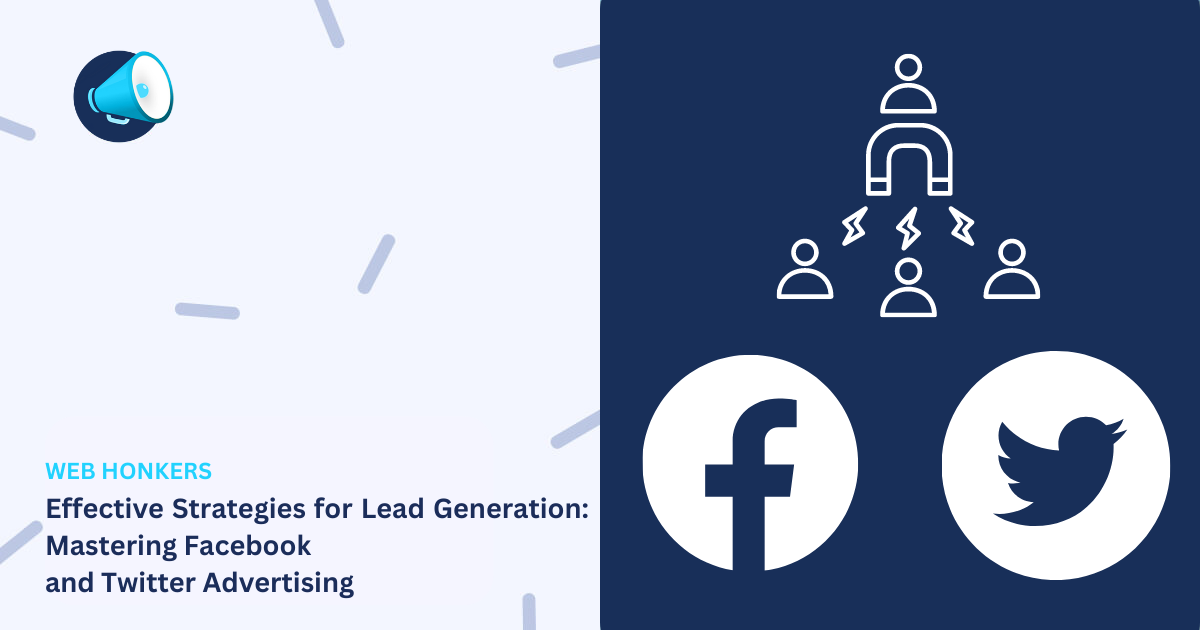
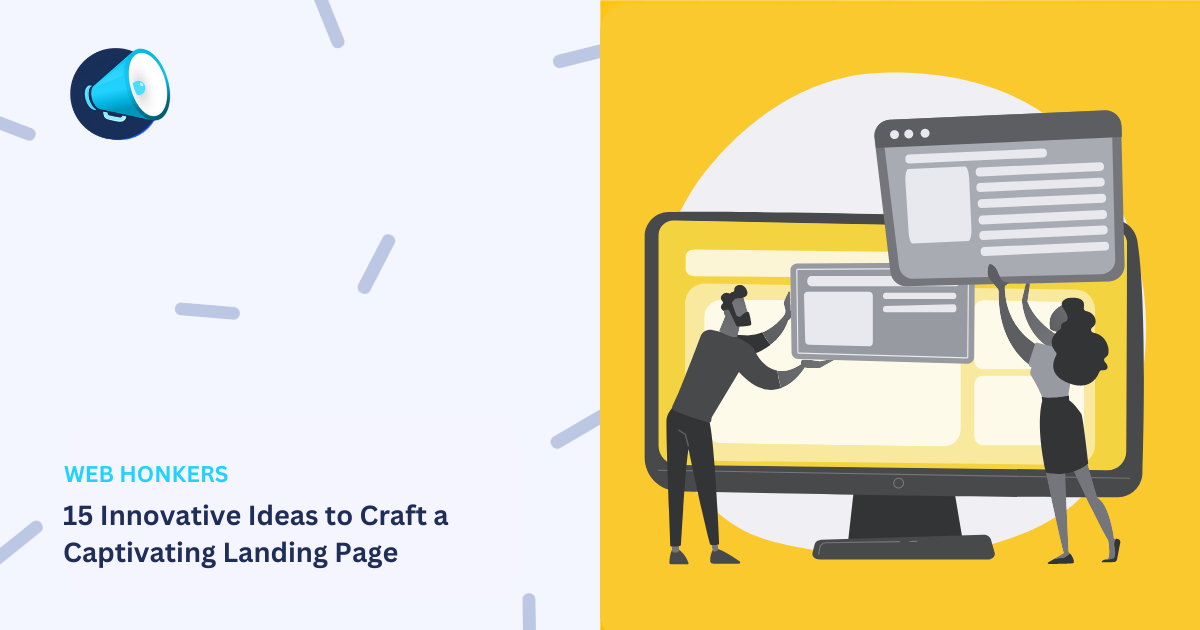
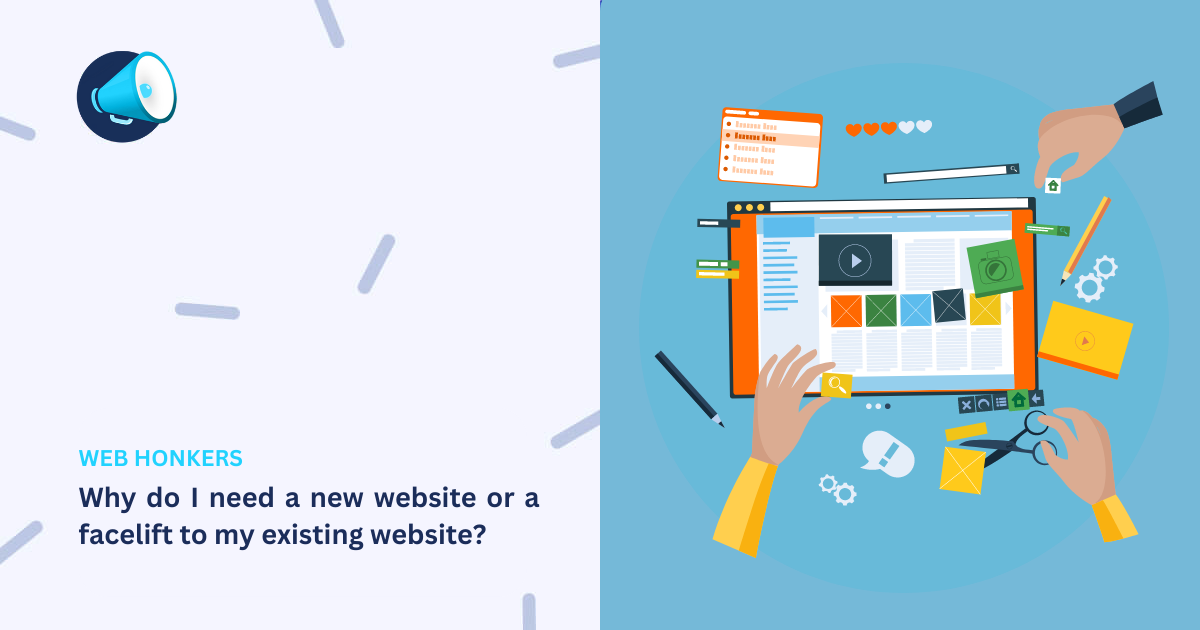
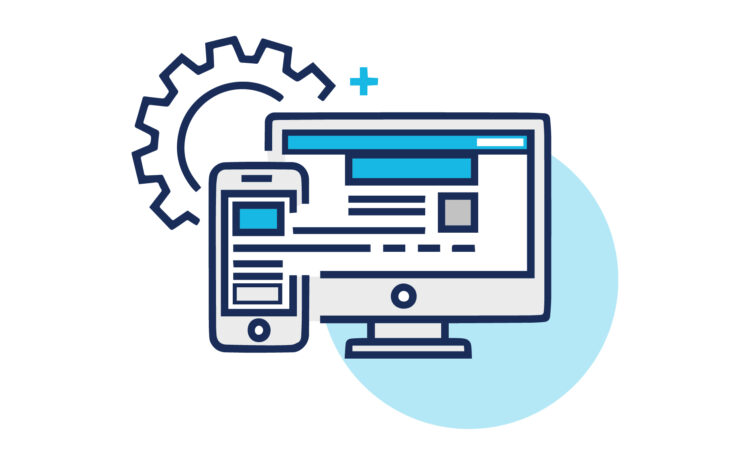 Marketing 360°
Marketing 360°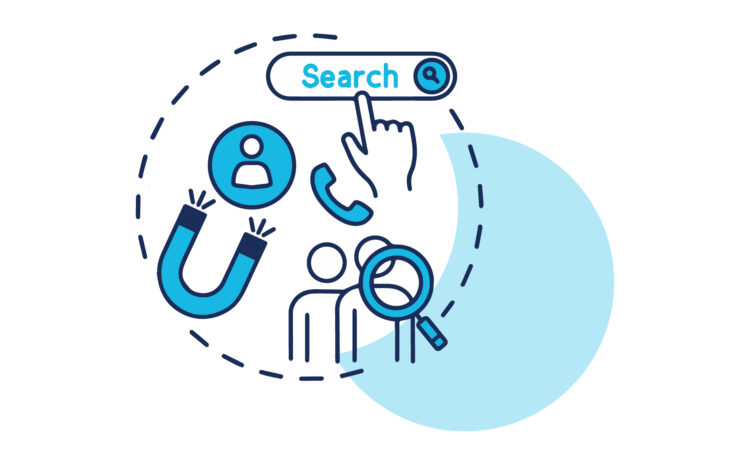 Ads Management
Ads Management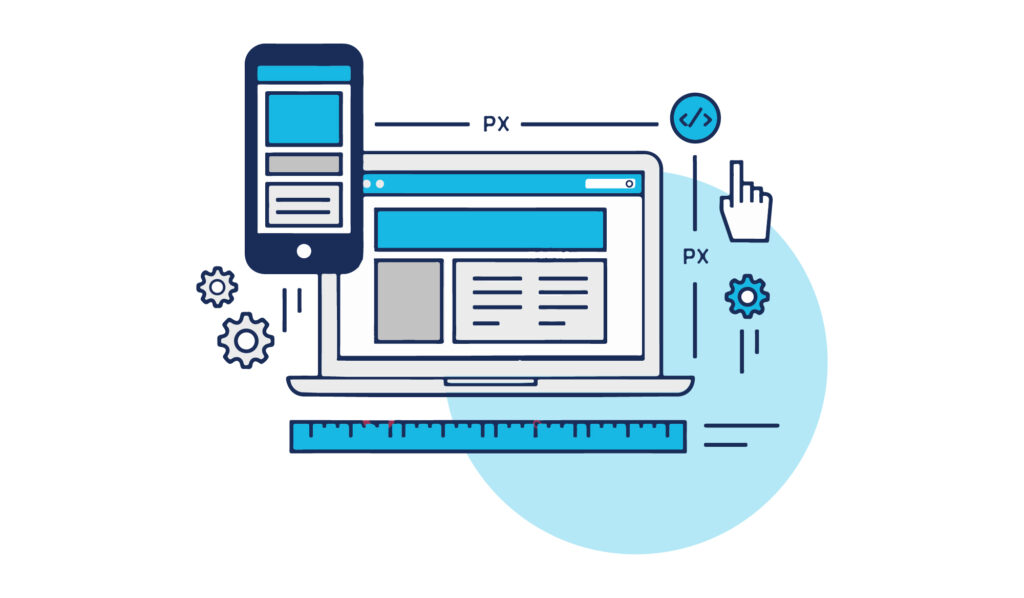 Web Development
Web Development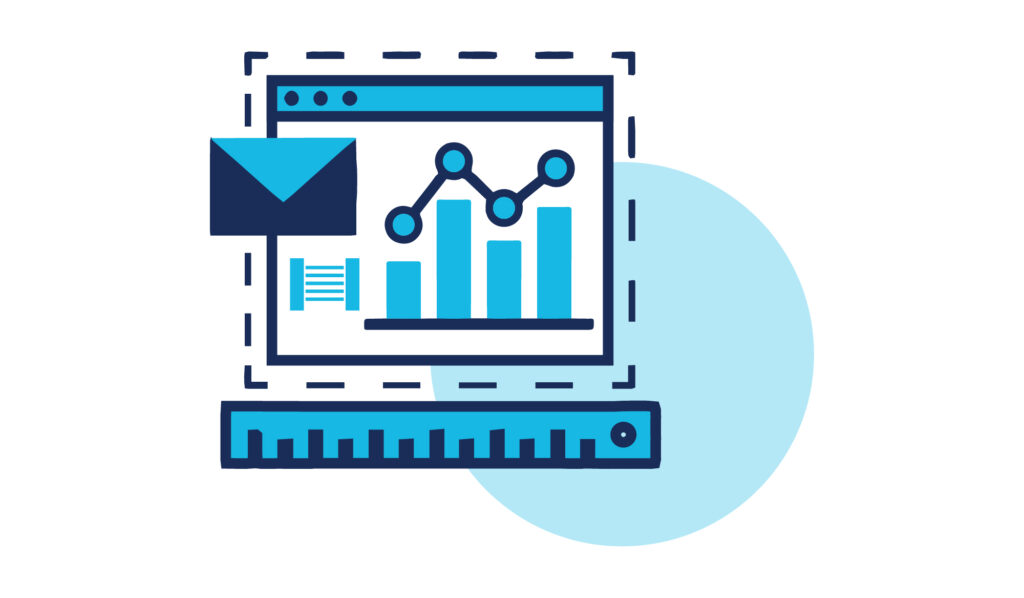 SEO Service
SEO Service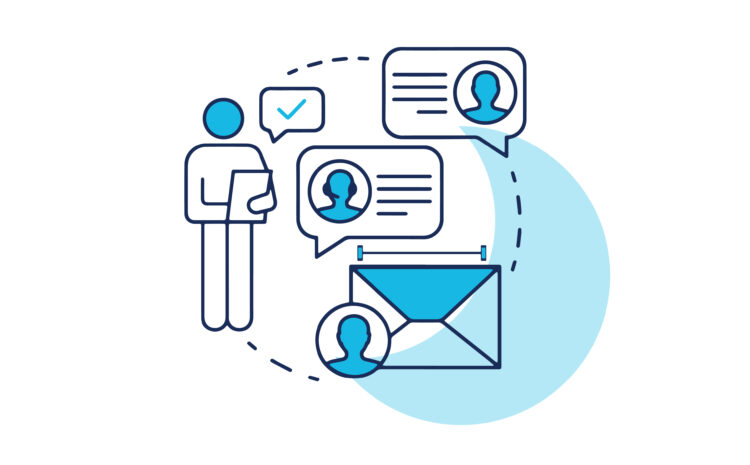 Social Media
Social Media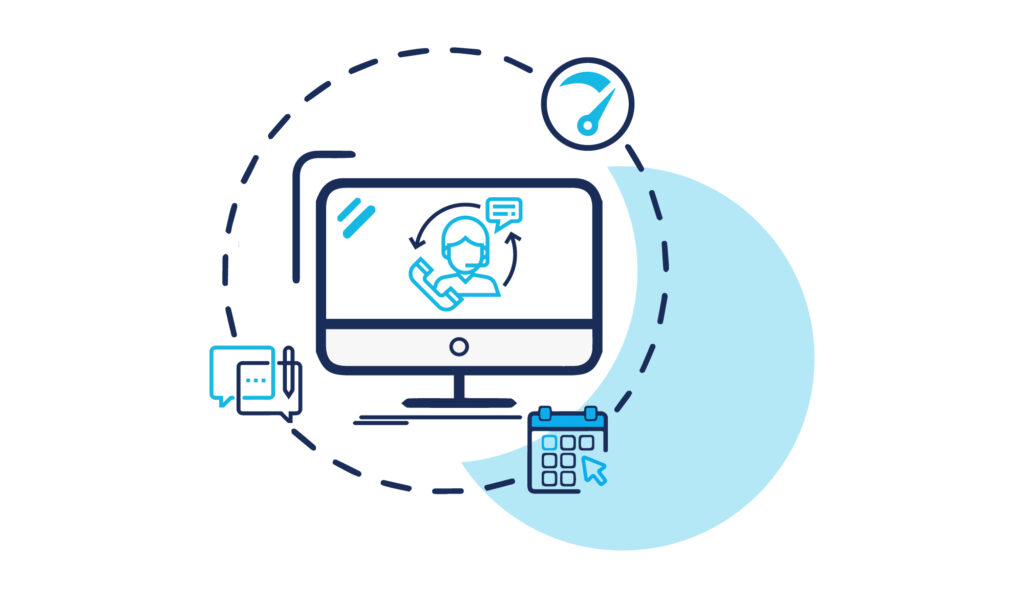 Copywriting Service
Copywriting Service